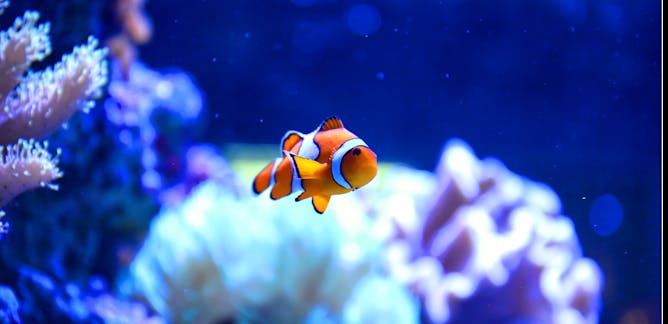
Articles on Water conservation
Displaying 1 - 20 of 39 articles

New research reveals the environmental impact of keeping tropical fish as household pets – but there are ways to reduce it.
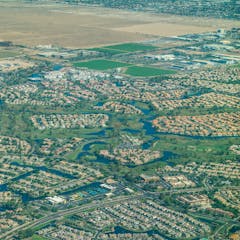
Arizona is considering a multibillion-dollar desalination project to address its urgent water needs. Three water experts call for a go-slow approach and point to Israel as a role model.

In a preprint study, researchers estimate training the model behind ChatGPT would have required somewhere between 210,000 and 700,000 litres of water.
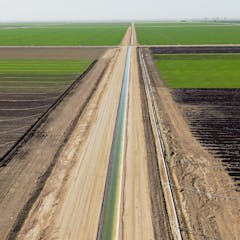
Southwest states have bought time with an agreement between California, Arizona and Nevada to cut Colorado River water use by about 14%. Now comes the hard part.
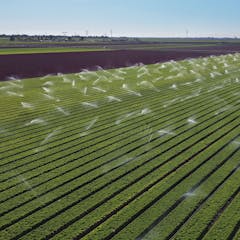
Two decades of drought have reduced the river’s flow by one-third compared to historical averages. The Biden administration is considering mandatory cuts to some states’ water allocations.
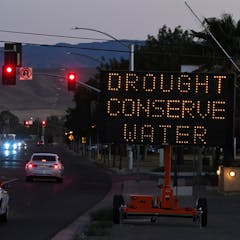
Even after January’s storms, California faces a water-scarce future. An economist and an engineer propose a way to test higher water prices as a conservation strategy without hurting low-income users.
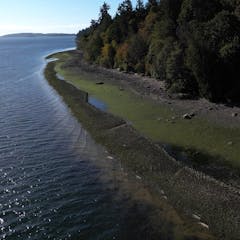
As we set conservation goals for the next decade, we need to evaluate what worked and what didn’t in our efforts to meet the 2020 biodiversity conservation targets.
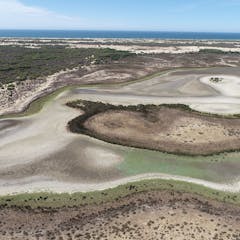
While we know how global changes in freshwater pose risks to humans and ecosystems, we know less about how people and ecosystems will respond to these global freshwater challenges.
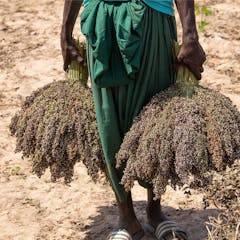
As droughts intensify, how can we increase crop production in a sustainable way? This is a multidimensional scientific and societal challenge to ensure future food security.
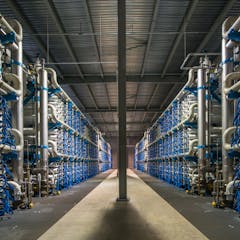
Nearly 97% of the world’s water is in the oceans, but desalination is no magic bullet for water-stressed coastal cities.

Rationing water at home will benefit moisture-starved ecosystems.
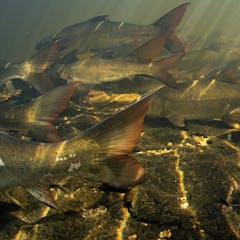
Sandfish keep the rivers clean and the food web balanced but their numbers are declining. Farmers are helping to lift these numbers.
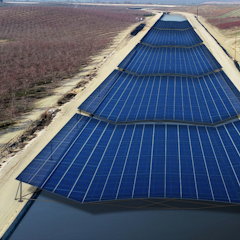
Covering the state’s canals with solar panels would reduce evaporation of precious water and help meet renewable energy goals – all while saving money.
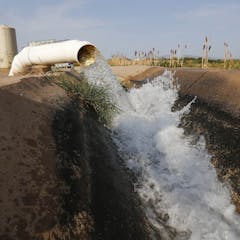
A long-expected federal drought declaration underlines how serious the Colorado River water shortage has become for Western states.
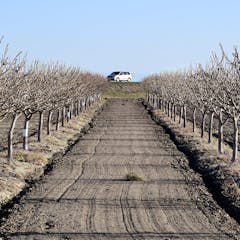
The US has one of the highest groundwater use rates in the world. When wells run dry, households may opt to conserve water, find new sources or sell and move.
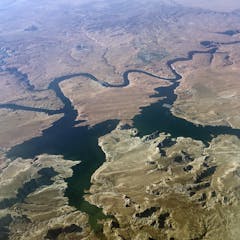
The Supreme Court recently dealt defeat to Florida in its 20-year legal battle with Georgia over river water. Other interstate water contests loom, but there are no sure winners in these lawsuits.
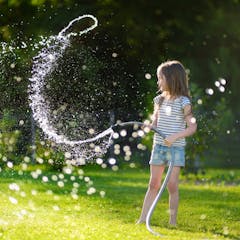
Given long-term forecasts for growing urban populations and an increasingly variable climate, local authorities will have to think about how best to encourage people to conserve water.
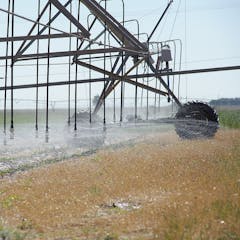
An invisible crisis is brewing in US farm country as the overpumped Ogallala-High Plains Aquifer drains. The key drivers are federal farm subsidies and the tax code.
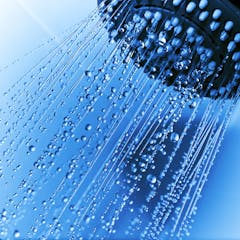
The Trump administration is rolling back a regulation that requires showerheads to conserve water, which saved owners an average of US$70 and nearly 3,000 gallons of water yearly per showerhead.

The prices households pay for drinking water and wastewater services have been rising faster than the rate of inflation.
